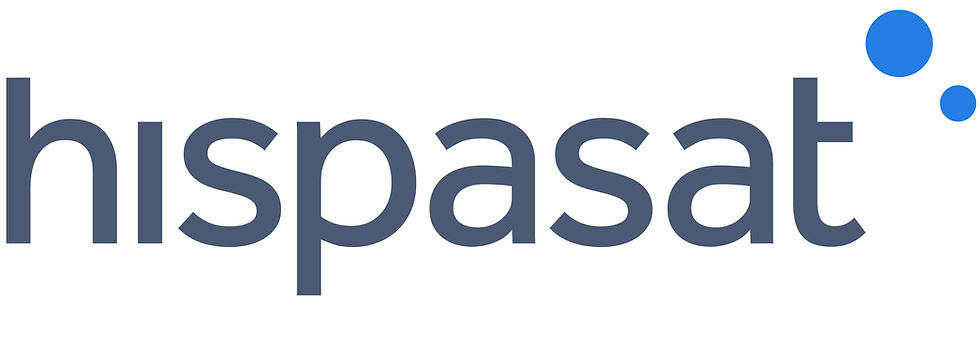ThrustMe selected to provide Turion Space with vital propulsion capacities
- Satellite Evolution

- May 4, 2023
- 2 min read
The DROID.002 mission serves as the initial asset of a small constellation designed to provide continuous debris monitoring and alert services, known as "resiliency" services. In addition to this, the mission aims to generate a deeper understanding of space debris, assisting low-Earth-orbit operators and other debris mitigation companies. To ensure the success of the mission, it will rely on ThrustMe's NPT30-I2-1.5U thrusters as a key component.

“Incorporating ThrustMe’s propulsion into our satellites will enable us to efficiently maneuver to higher orbits where the debris is more prevalent and less tracked,” says Ryan Westerdahl, co-founder and CEO of Turion Space. “The very high total impulse packed into the 1.5U volume was decisive in the process of choosing the NPT30-I2-1.5U for our satellites.”
Designed for the next generation of industrialized satellites, the NPT30-I2 series is composed of intelligent, turnkey electric propulsion systems that uses solid iodine propellant for satellites ranging from 10 to 300kg. It provides the high total impulse required by these satellites for deployment, significant orbit changes, collision avoidance maneuvers, and end-of-life removal to minimize space debris and free up critical operational orbits.
“We are very happy to provide our propulsion systems to Turion Space. Their mission is very important for the industry and aligned with our ambition to enable a sustainable use of space”, says Ane Aanesland, co-founder and CEO of ThrustMe. This contract confirms ThrustMe's electric propulsion systems market fit in a worldwide competitive environment and extend the company footprint in the US.
This contract adds up to the undisclosed international and US contracts won by ThrustMe. With already 7 systems in space and more than 80 orders, ThrustMe production line is up with a capacity of 365 propulsion systems per year to be reached by Q1 2024.



Comments